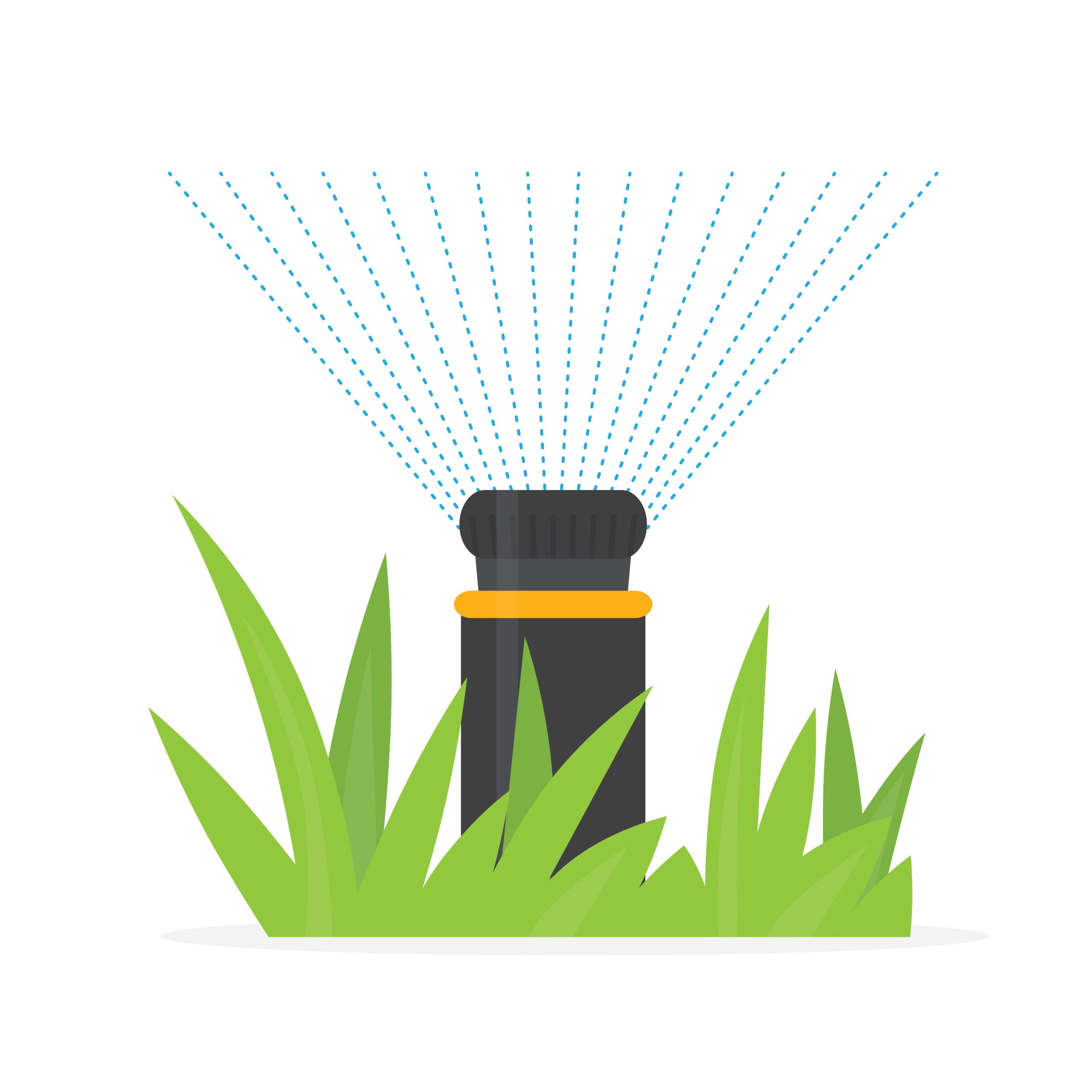Spring TX Water Restrictions 2025
Water conservation isn’t just a good habit during a drought—it’s a community effort that protects our shared water supply, keeps infrastructure stable, and helps avoid deeper restrictions. In 2025, parts of Spring, TX are under formal drought measures, and your actions at home make a real difference. This guide explains the current water restrictions for Harris County MUD 367 and Montgomery County MUD 89, why they matter, and how you can cut water use without sacrificing a healthy landscape.
You’ll learn:
- The specific watering schedules and time windows for MUD 367 and MUD 89
- Why sticking to the schedule helps stabilize the local water system
- Practical, easy-to-apply ways to reduce outdoor and indoor water use
Why Water Restrictions Matter During Drought
When drought conditions linger, demand on water systems can rise while supplies tighten. Restrictions and drought contingency plans are designed to:
- Protect system pressure and reliability: Coordinating watering times prevents everyone from irrigating at once, which can strain pumps and main lines.
- Extend available supply: Even small savings per household add up across thousands of homes, delaying or avoiding harsher measures like bans.
- Preserve ecosystems: Lower demand helps protect groundwater and surface water sources that feed local habitats.
- Support fire protection and essential services: Fire hydrants, hospitals, and critical facilities depend on stable water pressure.
In short, following the rules today helps the whole community avoid emergencies tomorrow.
Current Restrictions in Spring, TX (2025)
Different neighborhoods in Spring are served by different Municipal Utility Districts (MUDs). Always check your bill or your MUD’s website to confirm which district you’re in. As of 2025, here’s what’s in place for two of the key MUDs serving the Spring area.
Harris County MUD 367: Stage 2 Mandatory Restrictions
Harris County MUD 367 (which includes communities like Gleannloch Farms) is under Stage 2 of its Drought Contingency Plan. This stage includes mandatory limits on outdoor watering.
- Allowed watering window: 8:00 PM to 3:00 AM only
- Assigned watering days:
- Odd-numbered street addresses: Mondays, Wednesdays, and Fridays
- Even-numbered street addresses: Tuesdays, Thursdays, and Saturdays
- No watering on Sundays for residential addresses
- Adhere to the designated days and hours for all automated systems, including in-ground sprinklers
Why these hours? Watering overnight lowers evaporation loss and reduces peak demand on the system. The schedule also staggers usage across the week so pressure stays stable.
Montgomery County MUD 89: Stage 1 Voluntary Restrictions
Montgomery County MUD 89 is under Stage 1 voluntary restrictions. While these are not mandatory, following them helps the district avoid stricter measures.
- Recommended watering window: 9:00 PM to 2:00 AM (overnight)
- Assigned watering days:
- Even-numbered addresses: Thursdays and Sundays
- Odd-numbered addresses: Tuesdays and Saturdays
- Common areas (for HOAs or property managers): Thursdays and Sundays
- Exceptions allowed at any time:
- Hand-held hose with a positive shut-off nozzle
- A bucket or watering can of five gallons or less
- Drip irrigation systems
These voluntary measures align with best practices for efficient irrigation and support stable system performance during dry periods.
Benefits of Following the Restrictions
Sticking to your assigned days and hours offers several tangible benefits:
- Less water lost to evaporation: Watering at night or in the very early morning helps more water reach plant roots.
- Healthier landscapes: Deep, infrequent watering trains roots to grow down, making turf and plants more drought-tolerant over time.
- Lower risk of service disruptions: Spreading irrigation demand reduces the risk of low pressure, main breaks, and emergency repairs.
- Cost control: System stability helps MUDs and regional water authorities manage costs related to treatment, pumping, and emergency response.
- Community resilience: When residents cooperate, utilities are less likely to escalate to stricter restrictions that limit both irrigation and non-essential use.
How to Water Efficiently Under the Rules
You can keep your yard healthy and still cut water use by 20–40% with a few smart steps.
Set Your Controller to Match Your Assigned Days
- Program start times inside the allowed window (MUD 367: 8 PM–3 AM; MUD 89: 9 PM–2 AM).
- Use the “Cycle and Soak” method: Run each zone for two shorter cycles (for example, 7 minutes, rest 30 minutes, then 7 minutes) instead of one long cycle. This reduces runoff and boosts absorption.
- Skip days after rain: Install a rain or soil-moisture sensor or use your controller’s rain delay feature.
Switch High-Spray Zones to Drip or Micro-Irrigation
- Drip irrigation delivers water directly to roots, reducing waste from overspray and wind drift.
- Use inline drip for foundation plantings, vegetable beds, and shrubs.
- In MUD 89, drip is allowed at any time, but it’s still best to run it during cooler hours to minimize evaporation.
Right Plant, Right Place
- Choose native or adapted plants that thrive in Southeast Texas with less water once established (typically after the first full growing season).
- Group plants by water needs so you can tailor run times by zone.
- Mulch 2–3 inches deep around shrubs and in beds to reduce evaporation and suppress weeds.
Tune Up Your System
- Fix leaks and misaligned heads: A single broken head can waste hundreds of gallons per month.
- Adjust sprinkler heads to avoid watering driveways and streets.
- Check water pressure: Excess pressure atomizes water into mist that blows away. A pressure regulator can help deliver a steady, efficient flow.
Water Deep, Not Daily
- Lawns typically need about 1 inch of water per week during hot, dry periods—less in cooler months.
- Use a rain gauge or the tuna can test: Place several cans around the lawn and run your system to see how long it takes to reach 0.5 inch. Water twice a week to reach 1 inch total, adjusting for rainfall and assigned days.
- If you notice runoff, shorten cycles and increase soak time between them.
Indoor Water-Saving Tips That Add Up
Outdoor use drives most summer water demand, but indoor savings help keep bills down and support overall conservation.
- Fix leaks: Toilet flappers and dripping faucets can waste hundreds of gallons monthly.
- Install WaterSense fixtures: Showerheads, faucets, and toilets that carry the WaterSense label deliver strong performance with less water.
- Full loads only: Run dishwashers and washing machines when full. Use eco cycles when available.
- Reuse water where practical: Collect water while waiting for it to warm up and use it for plants or cleaning.
- Shorter showers: Even a 2-minute reduction can save dozens of gallons per week for a family.
Common Questions
Can I hand-water outside the assigned times?
- For MUD 367 under Stage 2, follow the designated hours and days for outdoor watering. Always check your district’s current guidance for any exceptions.
- For MUD 89 under Stage 1, hand-held hoses with a shut-off nozzle, buckets, and drip irrigation are allowed at any time, though cooler hours are still best.
What about new sod or landscaping?
- Some districts allow temporary exceptions for establishing new landscaping. Contact your MUD before installation to request guidance or a variance.
Do these rules apply to pressure washing or car washing?
- Restrictions primarily target lawn and landscape irrigation. However, using a shut-off nozzle and avoiding water waste is always recommended. Check your MUD for any additional limits during drought stages.
How to Check Your District and Stay Updated
- Look at your water bill to confirm your MUD number, or visit your district’s website for the latest information about watering schedules and any changes to restrictions.
- Many MUDs provide email or text alerts, so sign up for updates to stay ahead of new drought stages.
- Follow local news, city social media channels, and water authority notices for urgent announcements.
By staying informed, following current restrictions, and adopting water-wise habits, you help protect our community’s water resources—now and for future generations. Every drop saved matters, especially during drought. Let’s work together to keep Spring, TX thriving, one responsible choice at a time.

